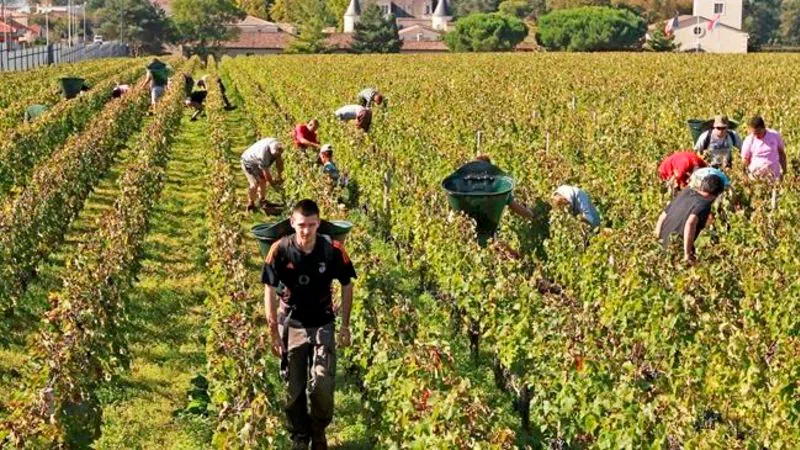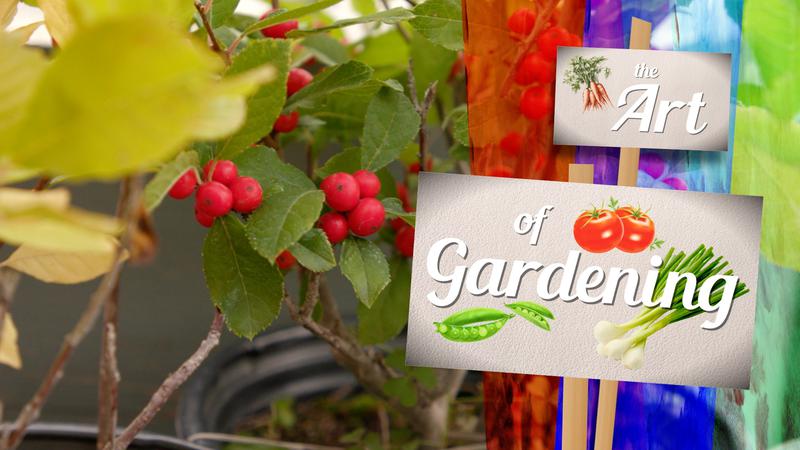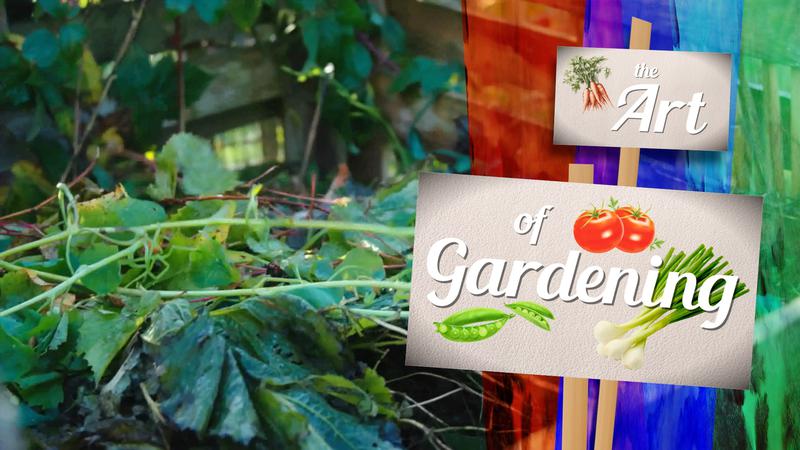
No-spray zones divide French farmers from anxious neighbours
PARIS — When tractors laden with pesticides and other chemicals start spraying the vineyards that produce fruity Bordeaux wines, Marie-Lys Bibeyran’s phone starts to ring.
“People call me and say, ‘I was on my terrace having lunch and we had to rush inside, the kids were in the swimming pool,'” says the Bordeaux vineyard worker who turned anti-pesticide campaigner after her brother died from liver cancer, a death she suspects was linked to agro-chemicals he sprayed as a wine-industry worker.
Amid rising concerns in France over the widespread use by its powerful farming industry of legal toxins, President Emmanuel Macron’s government is planning the enforced creation of small buffer zones to separate sprayed crops from the people who live and work around them.
People like Corinne Despreaux, a childcare worker who looks after babies and toddlers at her home in the Medoc wine town of Listrac, with vineyards that butt up against her garden.


